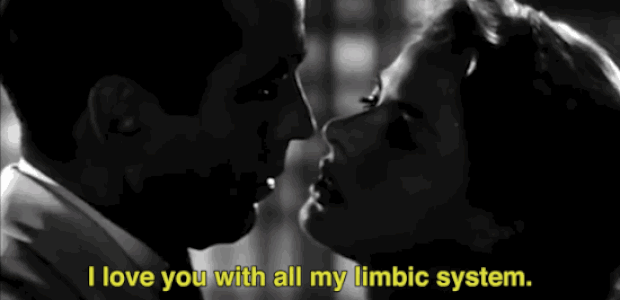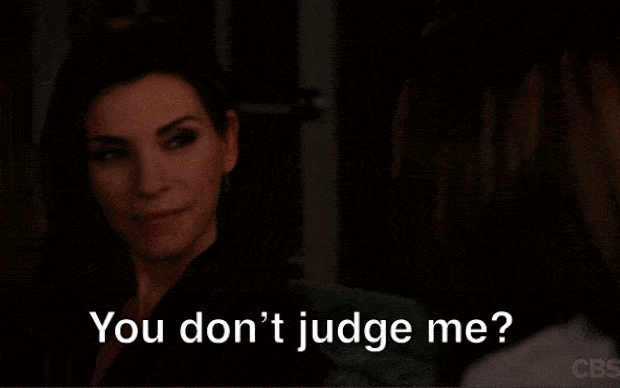The Truly Incredible Way Your Brain Changes When You Are In Love
Dr. Helen Fisher explains what we can ALL learn from the brains of people in love.
 eukukulka / Shutterstock
eukukulka / Shutterstock When you fall in love, they say you get weak in the knees and get butterflies in your stomach. But have you ever considered what your brain does when you’re finally find your soulmate?
Love is always seen as such an emotional response, but it turns out that neurology and brain physiology actually play an enormous role in the development of long-term happy relationships.
How does your brain keep you blissful and in love? It overlooks things. Yes, the key to building a strong relationship, and growing a love that lasts, is in your brain.
(Really.)
In YourTango’s new In-Depth Expert video, noted biological anthropologist Helen Fisher and neuroscientist Lucy Brown lead a fascinating discussion about how our brains employ “positive illusions” to keep our relationships healthy.
You can see their full conversation in the above video, but, the two scientists describe “positive illusions” as our ability to overlook what we don't like about somebody and instead focus on what we DO like about them.

(Psychology Today has similarly described positive illusions as a way to “allow you to maximize your partner’s virtues and minimize his or her faults.”)
In their studies on long-term love, Fisher and Brown have performed multiple brain scans on hundreds of people in various states of love and commitment.
What they found was that, when a couple is in a long-term happy relationship, THREE particular regions of their brains become active:
- The brain region linked with empathy.
- The brain region linked with controlling your own stress and emotions.
- The brain region linked with positive illusions.
That area associated with positive illusions is called the ventromedial prefrontal cortex. It’s the region where we process judgment. When we’re critical about something, that’s where it originates in our brains.
Do you know what happens to that region when we’re in a loving relationship?
The activity in that area DECREASES.
Our brain chooses to suspend our processing of negative judgment when we’re feeling in love and feeling supported by our partners.
Isn’t that great?

Love gives us the benefit of the doubt.
That doesn’t mean you should ignore every bad quality in your significant other or make excuses for any truly vile behavior or abuse. But it does suggest that, even on a neurological level, we know that, in order to make any successful relationship work, occasionally, we have to cut each other a little slack.
Because that’s the hard part about being a couple, isn’t it?
You’re together so long and in such close quarters that you both have ample opportunity to really get on each other’s nerves, to see the worst in each other, to say “I told you so.”
But, through research and actual physical data, we can see that when we’re really in a supportive relationship, our brains decrease how harshly we’re judging our partners. We soften. We show more empathy. We’re more open to each other’s faults and foibles.

Maybe this is why the human race has endured for so long. Because, even on a biological level, our bodies and our brains have an idea of what it takes to keep two people together for a prolonged period of time.
Those are definitely positive illusions worth having.
If you’re interested in learning more about the science of love, you should definitely check out Lucy Brown and Helen Fisher’s fascinating website, The Anatomy of Love, which offers an “educational and fun look at the surprising science behind romance and love.”
You should also read Helen Fisher’s book “Anatomy of Love: A Natural History of Mating, Marriage, and Why We Stray.”
YourTango may earn an affiliate commission if you buy something through links featured in this article.
